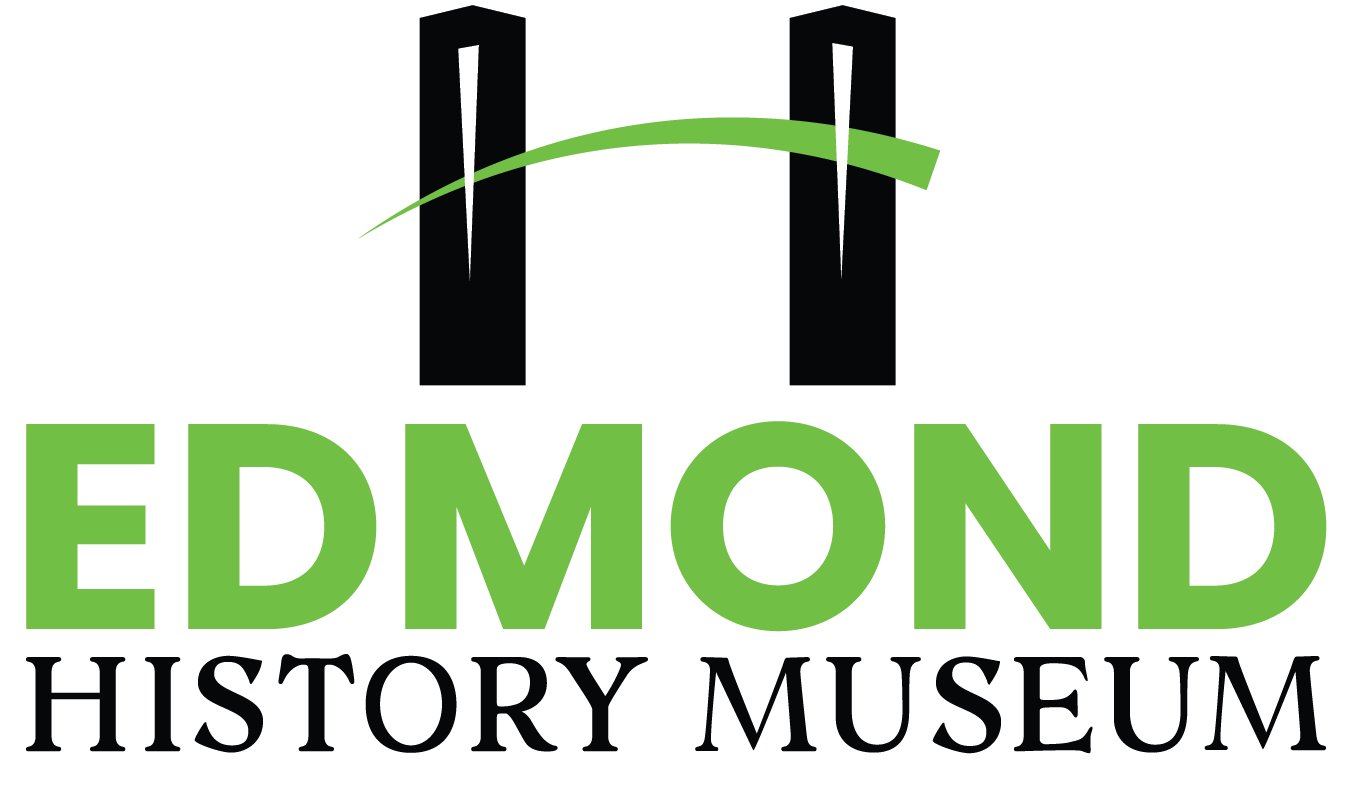A Land Apart
– “America before Columbus,” National Geographic
It is impossible to know when humans first came to this region. Bronze-skinned
men and women from northern Asia had been exploring and settling in the
Americas for anywhere from ten to fifty thousand years ago, long before white men. Archeological clues give evidence of giant mastodons and other primeval animal life, but also of foraging hunter bands, prehistoric pole-and-thatch villages, and great burial mounds. The indigenous Spiro Mound builders flourished in Oklahoma from 500 to 1300 A.D.
The Spanish were the first European explorers to record their observations of the area as early as 1541, noting at the time that tribal boundaries were unclear. The Spanish and French recorded their observations of the Caddo, Wichita, Quapaw, Osage and Plains Apache tribes that were traveling through the region using resources of the abundant plains to provide for their families.
In the late seventeenth century, the Comanches adapted Spanish horses to buffalo hunting and pushed their territorial range as far east as the Cross Timbers. Their superior war resources enabled them to subdue all tribes in their way and by 1725 they had mastered the southern Great Plains.
Following vast herds and establishing early economies, seeking shelter, establishing boundaries and putting down roots created alliances and inter-tribal wars as more tribes came to the area by the start of the nineteenth century.
Crowder, Historic Edmond, Hoig, Beyond the Frontier, Nabokov, Native American Testimony, Oklahoma Encyclopedia of History & Culture
